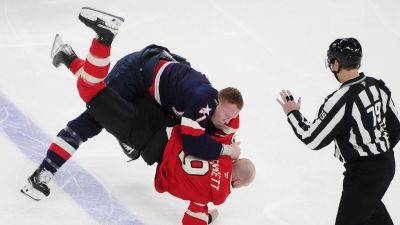For Canadian Para sport organizations, integrating with non-disable national groups can be double-edged sword
In Canadian Para sport, there are typically two models for how a sport is governed at the provincial and national level.
How these sports are governed has a significant impact on their growth, their advertising opportunities, and their chance to be in the public eye. In other words, it's a double-edged sword with significant consequences either way.
Some, like wheelchair basketball, wheelchair rugby, boccia, and goalball, are separate from their non-disabled counterparts. All the others, ranging from track and field to skiing, live underneath the structure of the able-bodied equivalent sport. Para (formerly sledge) hockey, for example, is governed by Hockey Canada. Some call this an integrated model.
Peter Leyser, executive director at Boccia Canada, said being a separate organization can have its benefits and its drawbacks.
"I would suggest it allows us to have hyper focus, quite frankly," Leyser said of the organization that has been in operation for more than 40 years. "So we have focused resources, and whether that be from a financial perspective, from a staff perspective, we know we're exclusively dealing with athletes with disabilities, and that's where our resources are going to. That's where our time is going to. That's where our energy is going to. "
Leyser said that there are some concerns when it comes to being a separate organization as well and that the four Para sports that aren't integrated meet regularly to discuss the joys and sorrows of sports administration.
"Perhaps even more so [in] the Para-specific sports you're always concerned about [getting] lost in the mix to Big Brother a little bit, and you want to make sure that there's not a loss of … resources," he said.
Regardless of their national





